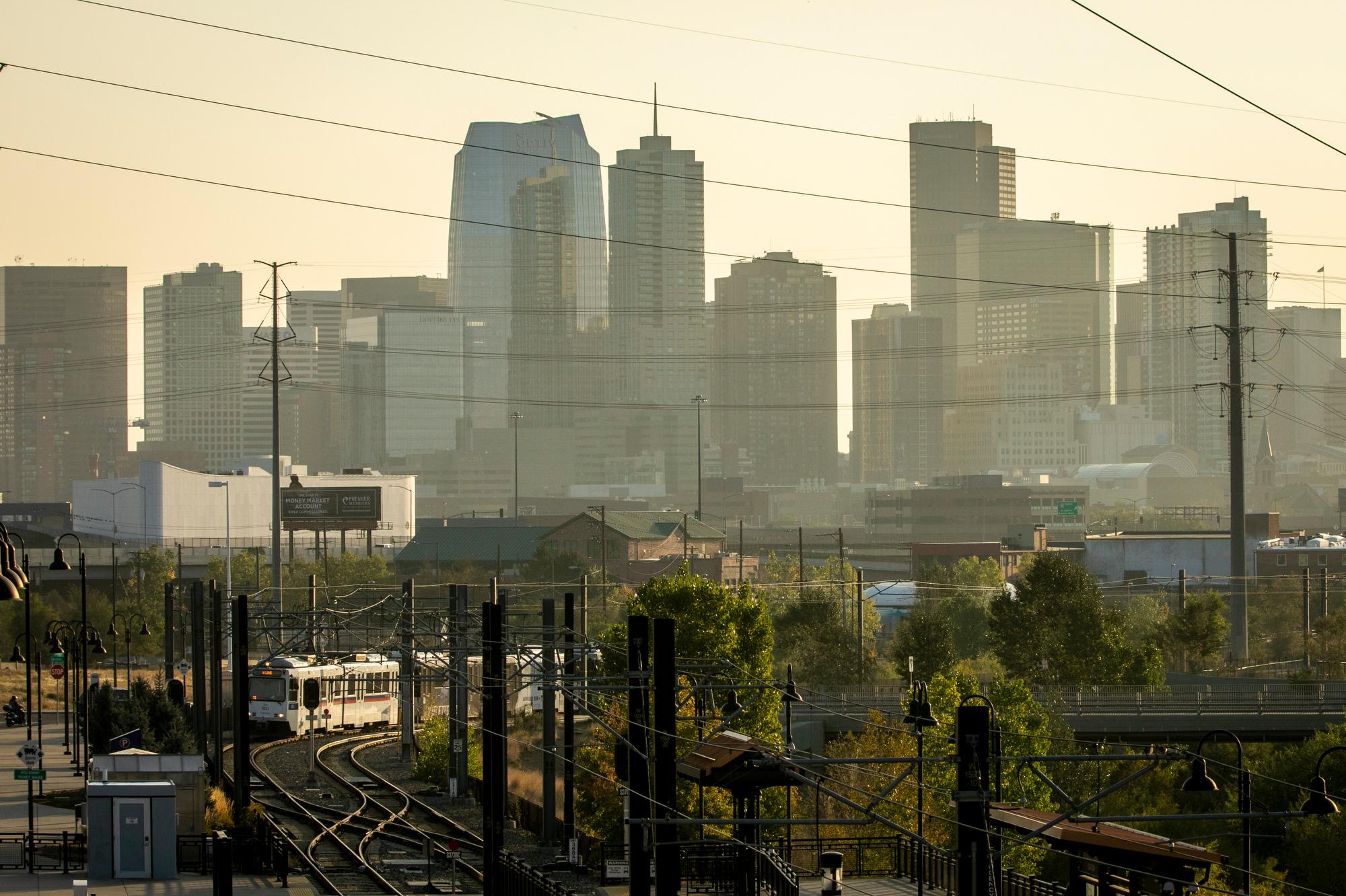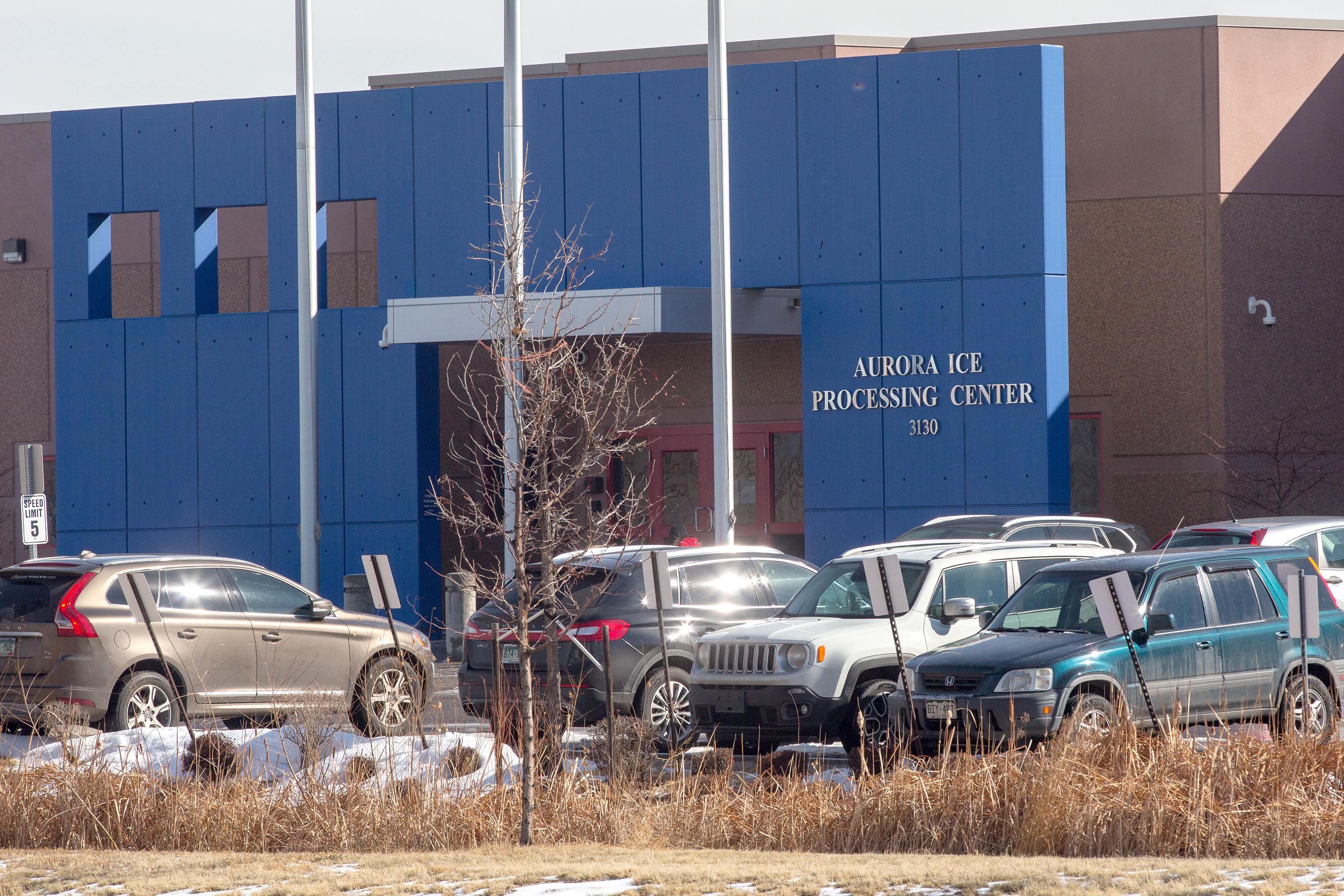
Rachel Hicks was used to a long commute.
The 61-year-old Littleton resident would take the bus and train from her apartment to her job as cook at a Mexican restaurant at Denver International Airport — regularly a two- to two-and-a-half-hour trek. Then the coronavirus pandemic struck and sent air travel into a tailspin, and her job was cut.
"We were supposed to reopen in July,” Hicks said. “But then people stopped flying again so here we are."
Since then, Hicks has had to pass on a new job because she can’t get to it in less than three hours. She had to get rid of her car a few years ago because it cost too much, she said, and is completely reliant on transit. But Denver’s transit service, much like other cities across the country, is a shadow of what it was before the pandemic.
“[Buses] run less frequently and they don't connect with anything,” Hicks said.
A new report finds that thousands of Denver-area transit-dependent riders, like Hicks, now have significantly worse access to transit and the connections it enables — for work, grocery shopping, medical appointments and other essential trips.
Researchers at the Center for Neighborhood Technology used the AllTransit tool to show that 95,793 people in the Denver region would lose access to frequent full-day transit under a 40% service cut. Some 6,500 of those people don't have access to a vehicle, the researchers say.
The Regional Transportation District reduced service by 40% in April. Although it’s proposed a modest rebalancing of its services to add more frequency where people are still riding, the agency can’t afford to add more service back anytime soon.
The researchers did not use RTD’s specific service plan in their analysis, but instead modeled a 30% reduction in off-peak service and a 50% cut to peak service, making these numbers a rough estimate.
The researchers also found that:
- Service cuts would fall more heavily on people of color. Non-white residents make up 36% of the region’s population, but 54% of those who would lose frequent service.
- Just over 41,000 households would lose access to frequent full-day transit, 6,486 of which do not have access to a private vehicle.
- Riders would lose access to nearly 40,000 jobs near frequent full-day transit.
The findings “all ring true to what we’re seeing across the country,” said Amanda Eaken, the transportation director for the American Cities Climate Challenge at the National Resources Defense Council, who was not involved in the research.
Steven Higashide, director of research at TransitCenter, a research and advocacy group that commissioned the research, said those findings underscore the need for a new shot of federal funding for transit agencies across the country.
"Without more emergency aid, the fiscal crisis will force transit agencies to make deep service cuts. Our analysis shows this would have profound impacts,” he said in a press release.
RTD’s outgoing CEO and General Manager Paul Ballard last week asked Colorado’s federal delegation to support another COVID-19 relief bill. An initial round of federal funding — $232 million in RTD’s case — allowed public transit agencies to stave off layoffs and add some service where it’s needed.
Now, RTD is facing a $215 million shortfall in 2021 and is planning for hundreds of layoffs and other reductions across the organization to keep service levels from dropping any further.
“Your support for additional transit funding can enable RTD to avoid these dramatic cuts, continue to provide essential transit services and, importantly, to support the economic recovery of the Denver region once we reach the other side of the pandemic,” Ballard wrote.
The Amalgamated Transit Union, which represents many RTD workers, has asked Gov. Jared Polis to use some of Colorado’s federal flexible highway funds to prevent cuts at RTD.
“Right now, RTD’s need is to keep service going for transit-dependent riders and to help hard-working transit employees stay off the unemployment line,” John A. Costa, international president of the ATU, wrote to Polis in a letter this week.
Polis’ office did not provide comment on Costa's request.
Eaken, with the NRDC, agreed that Congress should pass another aid package. She also noted that transit agencies in cities like Seattle are asking voters this fall to approve ballot measures that could help offset cuts. And voters in Cincinnati in May approved a major tax increase that’s expected to fund a significant bump in service.
"These are definitely encouraging stories of people expressing their desire to see more transit in their cities,” Eaken said.
The RTD board has not yet discussed raising new revenue.
Hicks, the out-of-work rider in Littleton, said however it’s funded, RTD needs to restore service quickly. If it doesn’t, she might just try to deal with the three-hour-long commute as long as she can. If that doesn’t work out, she’s considering a much larger life change.
"I'll probably move out of Colorado,” she said. “Because I can't afford to live any place here.”









